Reading Time: 17 Minutes
Ecommerce would not be where it is today without big names like Amazon and eBay. But there is arguably an even greater “mover and shaker” within ecommerce, and that is the explosion of direct-to-consumer brands.
“DTC ecommerce sales accounted for $14.28 billion in revenues in the US alone in 2019 and is expected to bring in $17.75 billion in 2020, a 24.3% growth rate year-over-year. The pandemic has helped the sector in some ways, as many of these companies were built with a digital-first experience in mind, an approach that has served consumers and brands well in 2020.”
– Brand Innovators, 2020
More and more DTC players want consumer shopping attention. DTC success has created new opportunities, while also introducing new challenges to online retail.
Direct-to-consumer brands create the product and invest the majority of their business model into working directly with the consumer. DTC brands can cut costs and innovate faster thanks to this agile approach. There is no need for distributors as middleman organizations since the brand markets to the customer.
Among the many benefits of being a DTC brand are:
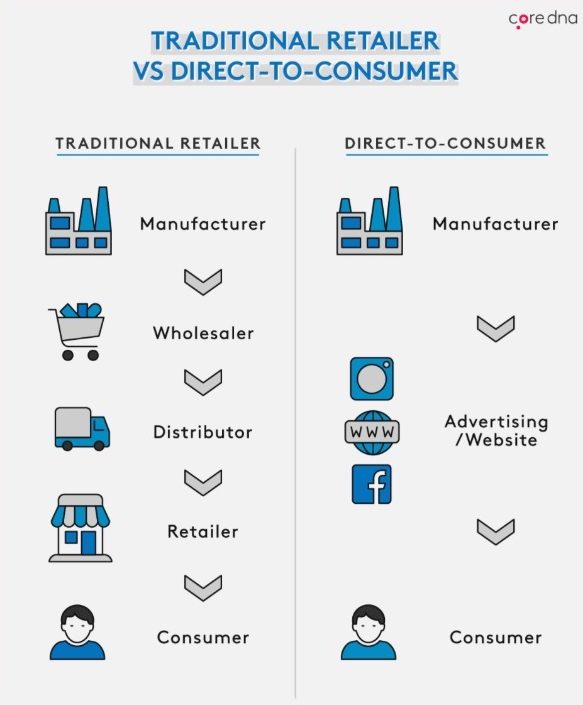
That said, DTC brands are not exempt from using distributors. In fact, Amazon is full of DTC sellers, as are massive brick-and-mortar retailers like Walmart and Target.
The key difference between traditional and DTC retail is that DTC does not lean on distributors as its primary means of doing business. So long as DTC brands can reach their target customers, they will remain in business, operating as lean or as bulky an operation as they wish.
“DTC will only become more important with customers now expecting to get what they need, when they need it. The brands that create meaningful, frictionless experiences for their customers are going to win. DTC doesn’t mean you can slack on creativity and innovation, it actually makes it even more imperative since customers are using their wallets as their voices more than ever.”
– Kelli Lane, CMO of Genexa
COVID-19 strained the supply chains of the major “go-to” retailers, including national superstores and Amazon. Proactive DTC brands inserted themselves with low-cost, high-quality solutions. And though DTC ecommerce was already on the rise, economic lockdowns worldwide further accelerated DTC market disruption.
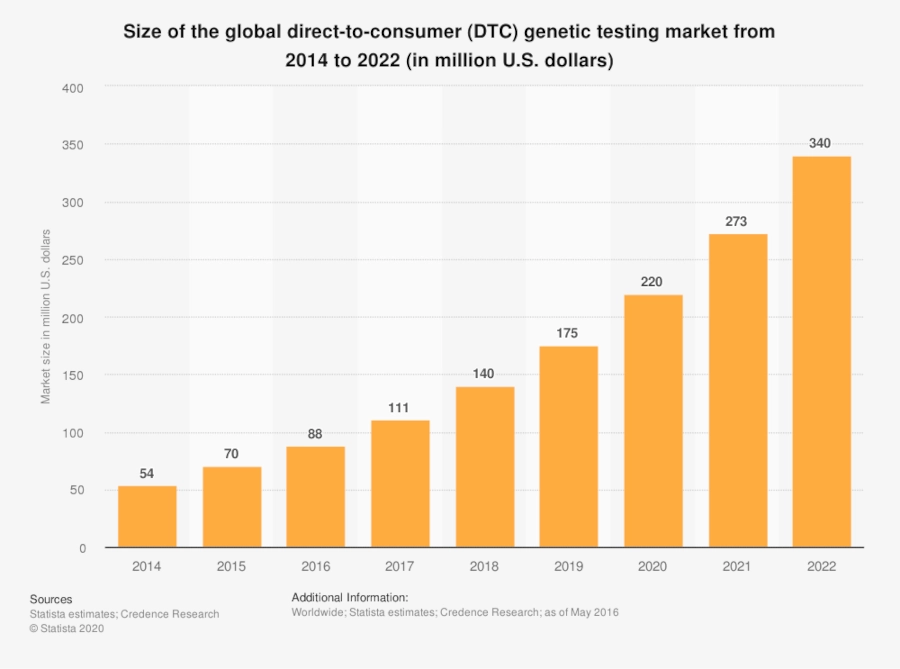
By the end of 2019, thousands of tiny DTC brands filled the retail space and threatened market shares of conglomerates like Procter & Gamble and Berkshire Hathaway. In 2021, there are perhaps tens of thousands of DTC brands in North America.
At the current pace of new DTC entrants, competition is growing more fierce. However, there are also vastly greater numbers of new online shoppers, between Baby Boomer shoppers forced to digitally transform and Gen Z-ers becoming the new dominating consumer generation.
With so many technological, generational, and geo-political factors at work, experts are not quick to make v2 any solid predictions. It’s just as likely that the DTC market has room for double its current supply as it is that the DTC market is approaching unsustainable congestion.
In the face of these unknowns, the rise of DTC ecommerce reveals new challenges for retail brands.
Traditional storefronts – big and small – have suffered greatly as a result of decreased in-person shopping in 2020.
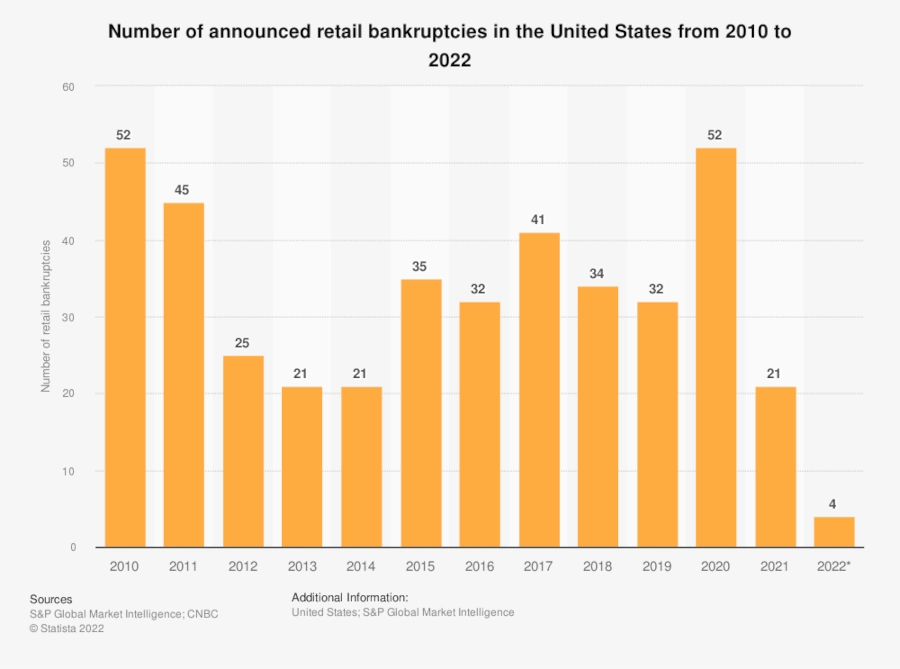
But of the big brands that remain or restructure, it’s likely that many of them will continue to embrace massive omnichannel capabilities, to include online stores, GPS-enabled marketing, custom-built apps, and more.
Most DTC brands do not operate on a budget as large as Nike or American Eagle. As such, omnichannel features are often limited for these ecommerce brands. To compete with the big, omnichannel chains, DTC brands will need to hack personalization in other ways, such as shoppable ads on social media.
The reality is that there are hundreds and thousands of brands within each category. For example, True Classic Tees and Fresh Cut Tees sell a very similar product, so much so that many consumers confuse the two. Add to that mix with Cuts and a handful of other small t-shirt brands, and the choices seem a little overwhelming.
The point is not that there are too many DTC brands in each product category and niche but rather that DTC brands must work harder to differentiate themselves from the many other small competitors.
Amazon Prime has spoiled consumers with amazingly fast shipping. Most DTC brands do not have the bandwidth to provide consistent two and next-day shipping without charging customers significantly higher prices.
The average DTC brand ships within a couple business days, and customers must wait for 5-10 business days before receiving their order. Just a few years ago, this was considered normal. But in 2021, many customers grow impatient.
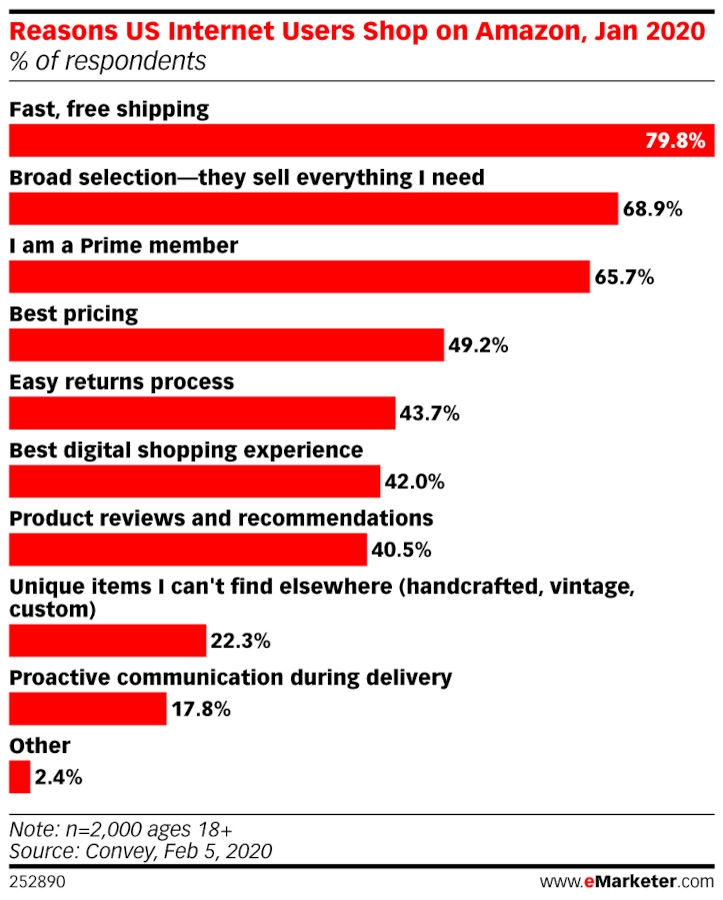
DTC brands often launch as small team operations. As they grow, those teams must grow quickly to keep up with demand. Scaling too quickly could impose increased costs, but DTC brands that scale too slowly lose customer loyalty.
A key to building a DTC business is scaling operations strategically.
When consumers are able to return to business as usual, no one really knows for sure how consumer demand will change. It’s unclear whether the DTC product categories that are popular now will remain popular in a post-COVID world.
That said, DTC brands have a unique advantage with their agile business models. In theory, this trait will help them pivot quickly in response to changes in consumer spending.
In response to the challenges listed above, DTC brands are exploring ways to serve consumers more effectively. Here are the top five ways that DTC retailers can overcome these challenges and remain competitive.
Social interactions among consumers are resulting in product purchases. Customer advocacy for brands on social media is at an all-time high. And many DTC brands have been able to leverage these social interactions into product conversions.
To enhance the ecommerce experience, several social media platforms have created more features, such as shoppable posts and ads. Instagram and Facebook allow brands to upload their product line and incorporate them into a variety of sponsored and non-sponsored posts.
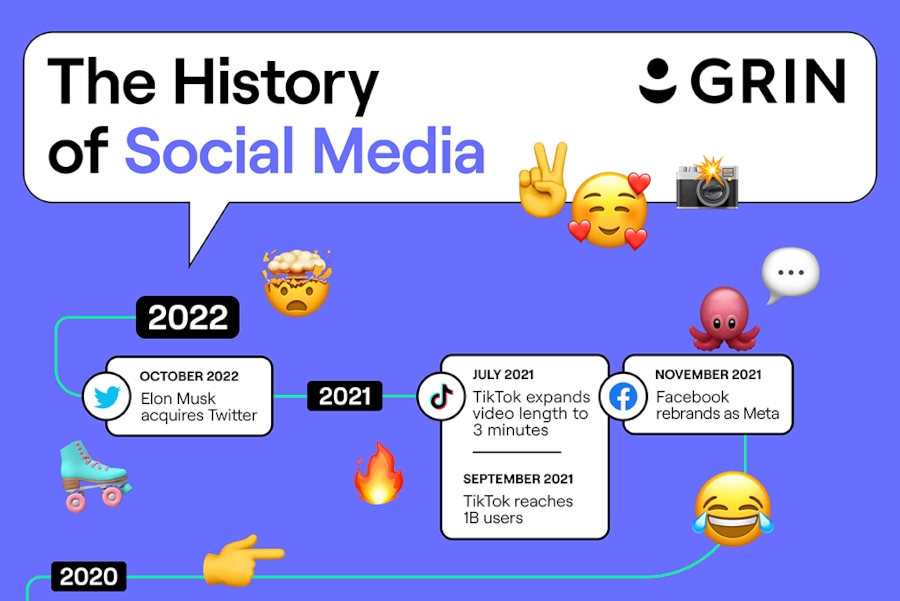
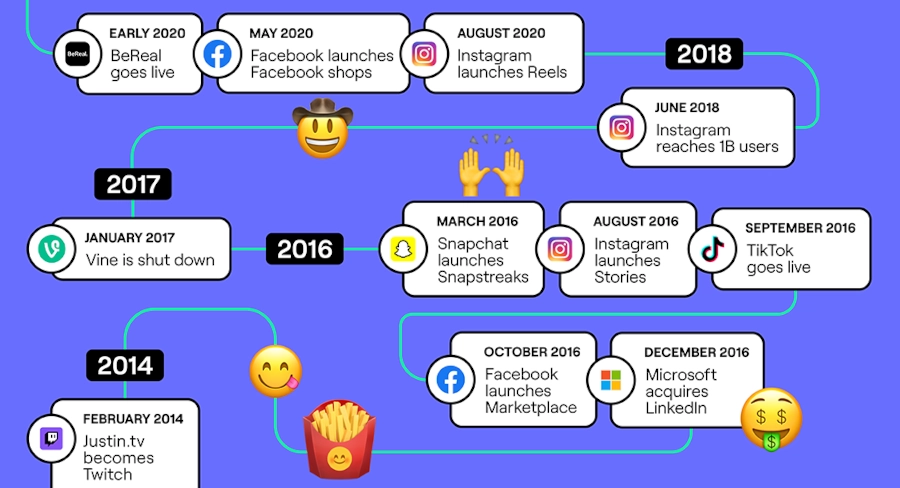
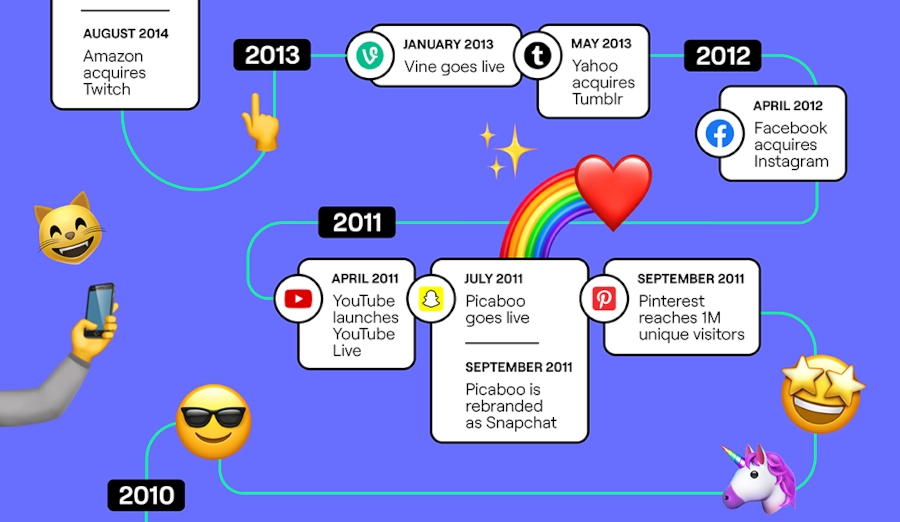
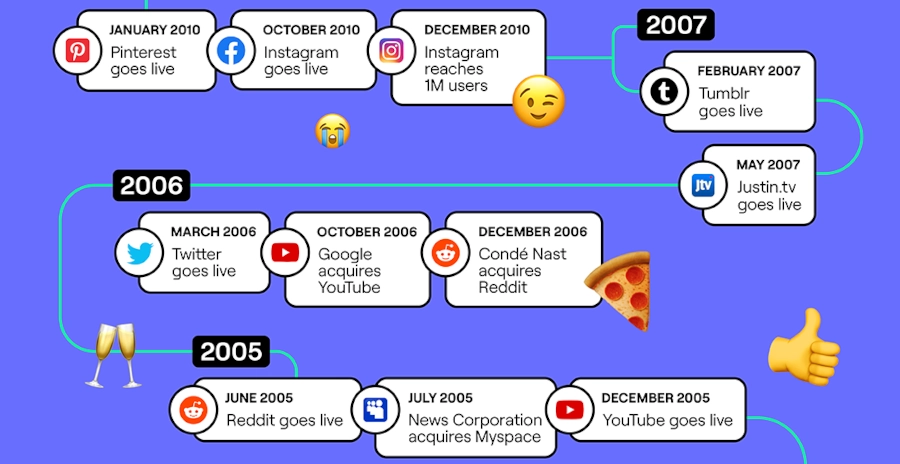
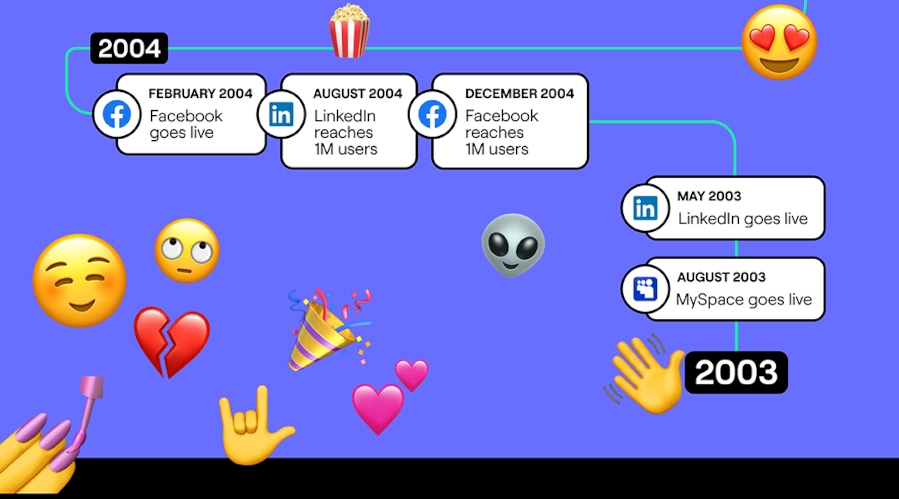
View full image
Because most DTC brands don’t have omnichannel capabilities associated with a brick-and-mortar store, marketers have to access other methods of being “always on” for consumers. The latest in social commerce offers DTC brands the opportunity to be where consumers are and engage them in meaningful conversations.
Revtown is a men’s jeans DTC brand that has mastered social commerce on both Facebook and Instagram. They keep a large selection of their inventory on the Facebook Store. Consumers can shop within the Facebook or Instagram app without having to leave the app.
Because these ads appear in newsfeeds, consumers can engage the brand and one another within the comments. Happy customers can also share the post to recommend Revtown jeans to their followers.
The most lucrative form of customer advocacy is influencer marketing. Influencers nurture online communities of at least 1,000 followers. These communities usually share a particular lifestyle and view the influencer as a credible resource.
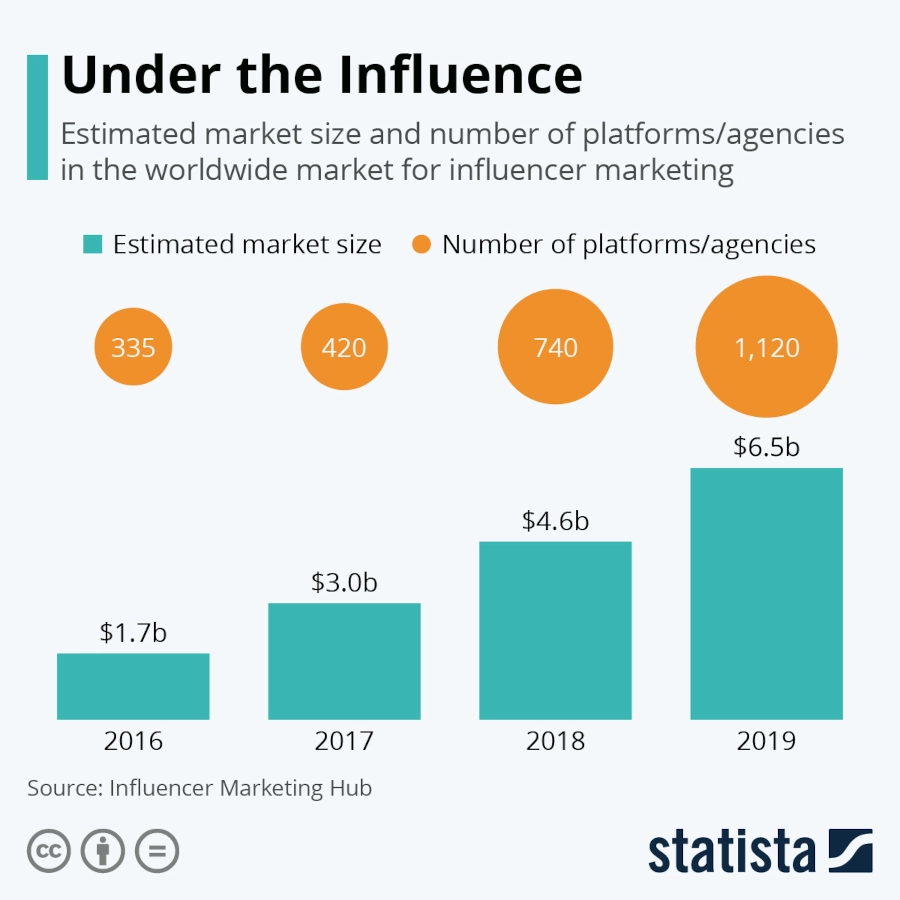
When an influencer recommends a product that he/she loves, followers pay attention. Many of them rush to try the product for themselves, using the influencer’s affiliate link or coupon code.
Similar to social commerce trends, influencer marketing also provides personalization to niche audiences and can compensate for a lack of omnichannel resources. More importantly, DTC brands can overcome the challenge of there being a host of similar brands in their category. Influencers do a great job of building brand awareness and differentiating their brand partners from the competition.
MVMT Watches is one of the leading DTC influencer marketing brands in the market. And have been outspoken about how influencers helped them transform their startup into a growing ecommerce brand.
Ethan Frame (former Director of Influencer Marketing at MVMT) recalls how the company sent watches to Instagram influencers for feedback. Those influencers that loved the product happily built content around MVMT Watches and drove conversions.
Google Shopping allows DTC retailers to exist on yet another platform at a low cost and link back to the brand’s website. Each Google Shopping product description page (PDP) is search engine optimized to help consumers locate the products that they want.
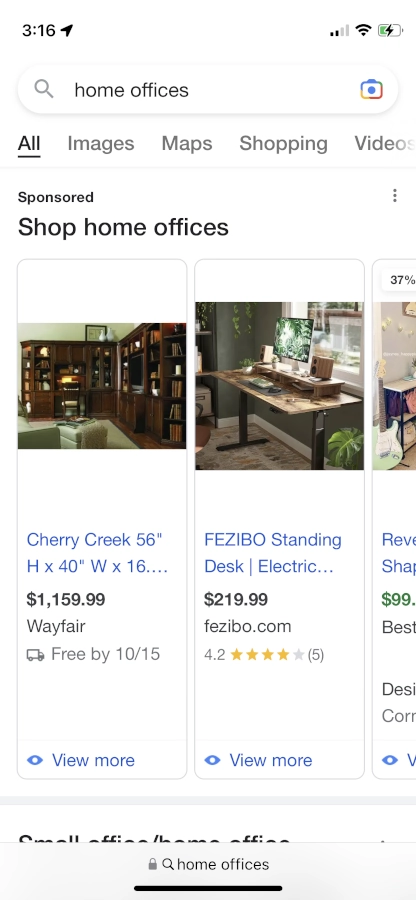
Google’s recent release of the shoppable image ads showcases multiple products in a single lifestyle image along with digital price tags. These ecommerce features allow DTC brands to exist in more online locations, personalize the user experience with lifestyle product photos, and further differentiate brands from competitors.
Casper is one of the largest DTC brands in home goods. It is also active on Google Shopping and features a host of lifestyle ads, along with a Google Shopping store.
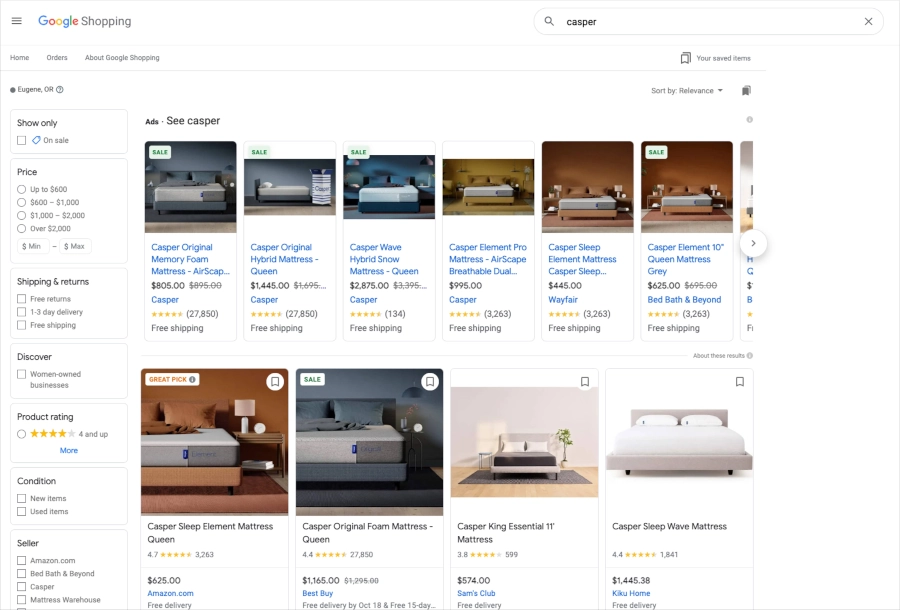
Amazon Prime is the largest online store in the world. Among the many brands available on Amazon are a host of DTC brands.
After selling successfully on Amazon for three months, DTC brands have the option to become a Prime Seller. This benefit allows brands to take advantage of Fulfillment by Amazon (FBA). As an FBA Prime Seller, DTC brands can send their product to an Amazon distribution center. After the item sells, Amazon handles guaranteed two-day delivery.
Selling on Amazon allows DTC brands to address the rising expectation for faster shipping.

Image via Amazon
Mission Cooling is a DTC brand that specializes in active apparel for athletes. The brand is a Prime Seller and manages an Amazon Store to reach more customers online.
Pop-up shops are affordable ways to provide in-person retail experiences for consumers. DTC brands frequently utilize pop-up shops to help them scale their business, generate more brand awareness, and provide a full omnichannel experience for their customers.
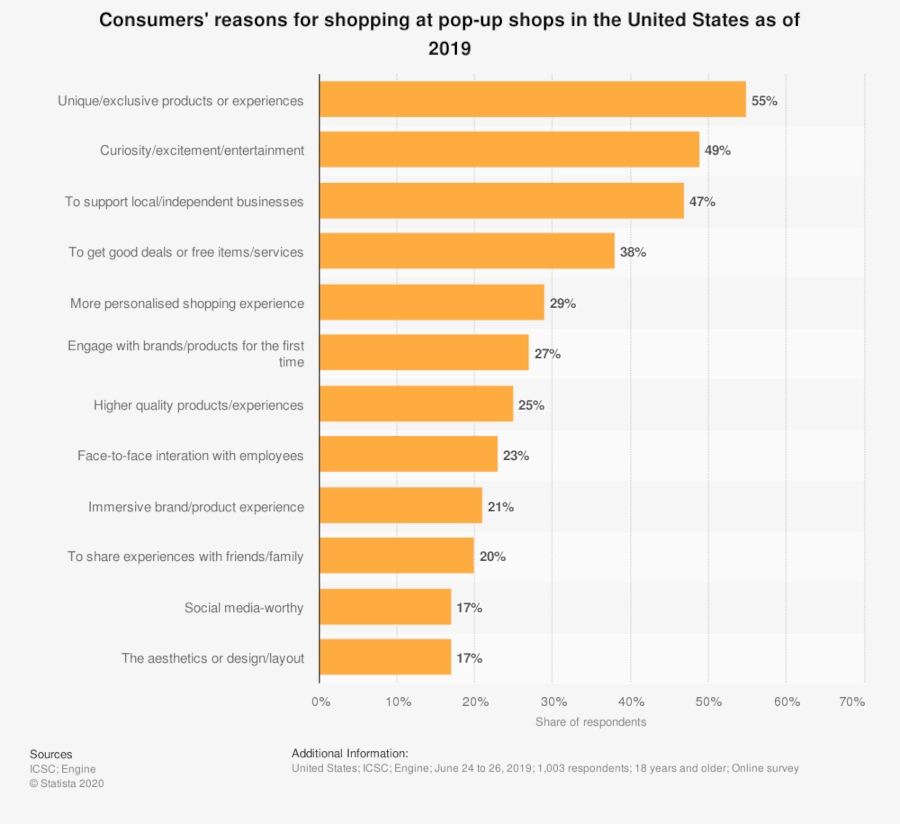
In most cases, pop-up shops share retail space with other vendors, such as a shopping mall. These stores are portable and travel to multiple locations (if necessary).
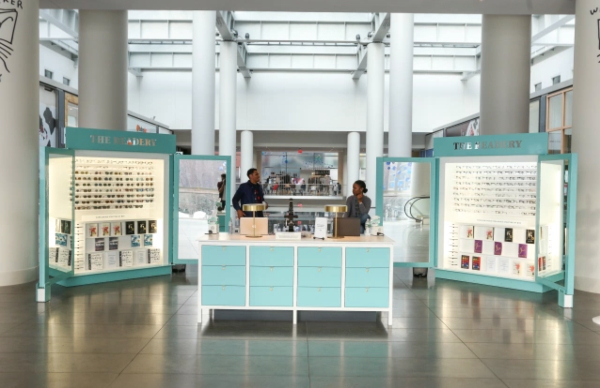
One of the most famous DTC brands employing pop-up shops is Warby Parker Glasses. Warby Parker has retail locations around the United States featuring select frames and accessories for customers.
Direct-to-consumer brands represent the newest and fastest-growing ecommerce business model. Because DTC operations are cost-effective and agile, they can charge less and take advantage of the latest developments in social commerce and online shopping platforms like Google Shopping and Amazon Prime.
Using one of the strategies listed above can help your DTC brand stand out from the growing competition and provide the kind of personalized shopping experience that can compete with the big chain, omnichannel brands.
Our team keeps a finger on the pulse, so you’re always working with the latest information.